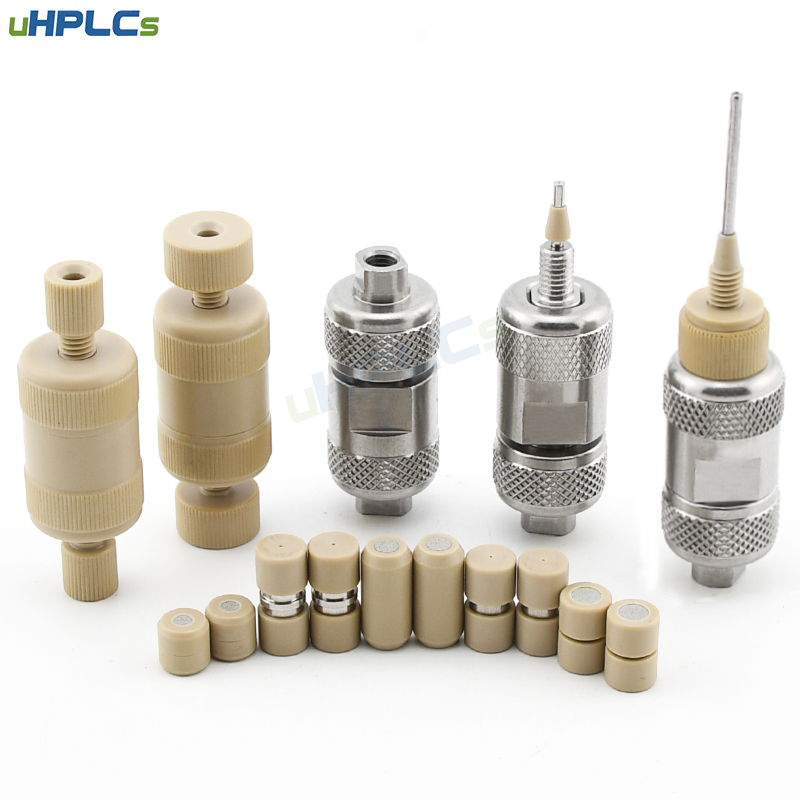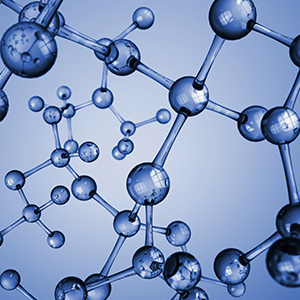Mass spectrometry (MS) enables researchers to study many properties, such as the molecular weight, structure, properties, quantity and purity of the sample. When combined with liquid chromatography, it becomes a powerful analytical tool capable of extracting meaningful data on a range of compounds, including pharmaceutical metabolites, peptides and protein-cell lysates, from complex biological mixtures such as milk, serum and whole fats.
1.Liquid chromatography and mass spectrometry
Before introducing the sample into an MS instrument, the sample is usually prepared by filtering out particles, concentrating analytes, desalting, and often separating compounds that may cause background ions or inhibit ionization. In most cases, many or all of these steps are performed by HPLC, UPLC systems. Sample preparation requires sample pretreatment. For example, before the mobile phase enters the system, the particle pollutants are filtered through the HPLCS biosolvent filter.
HPLC, UPLC, these systems can operate at high pressure/low flow rates and allow users to connect directly, on-line, and via ionization with MS. If it is an ULTRA-high pressure liquid chromatography system, the internal pressure of the system is very high, and the chromatography consumables also need UHPLC special. 2.1# ULTRA high pressure UPLC protection column precaptures contaminants that increase back pressure and affect baseline noise in the sample to extend the service life of the column.
Early incarnations of ionization devices required samples to be ionized under vacuum, severely limiting the choice of compounds that could be analyzed. Newer techniques, such as electrospray ionization (ESI), can now perform ionization at atmospheric pressure, greatly expanding the repertoire. Once ionized, the analyte (ions produced primarily by the addition or loss of water or protons or electrons) is mechanically and electrostatically separated from neutral (uncharged) molecules. Depending on the configuration of the instrument, all or selected subsets are allowed to pass through the detector, which plots the m/ Z diagram of the ions relative to the signal strength (indicating abundance).
2.Tandem mass spectrometry
The M/Z information obtained from single-stage MS is very valuable and can sometimes be used to identify small molecules. But for larger, more complex molecules, complementary structural information is usually needed. Analysis of complex protein mixtures by LC/MS usually begins with trypsin digestion overnight to produce the peptide, followed by identification of proteins at the peptide level by collection of tandem MS data.
In tandem MS, samples are successively passed through different stages of the instrument, and at each stage they are selected or crushed. For example, in the triple quadrupole MS, the first stage selects a specific M/Z range and dismisses the rest. These remaining ions then break up by colliding with neutral molecules in the second stage. The newly broken ions then move to the third stage, where, according to the experiment, the spectra of the product ions are scanned or some ions are selectively monitored. These spectra are then compared with actual or theoretical spectral databases to determine their identity, allowing researchers to piece together the parent molecules from which they came.
3.Other uses of LC/MS
The power of LC/MS is also often used to identify protein modifications such as phosphorylation and disulfide bridging. Between the separation provided by LC and the ability of tandem MS to discard non-analyte ions, LC/MS is the choice for many different applications.
Post time: Jun-25-2022








